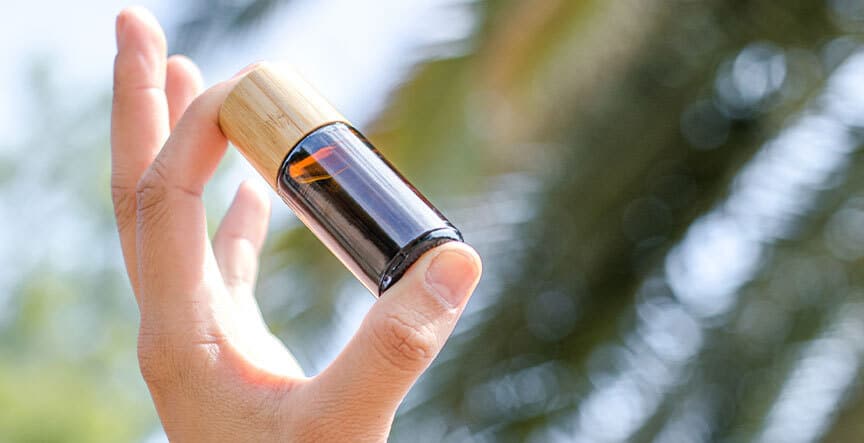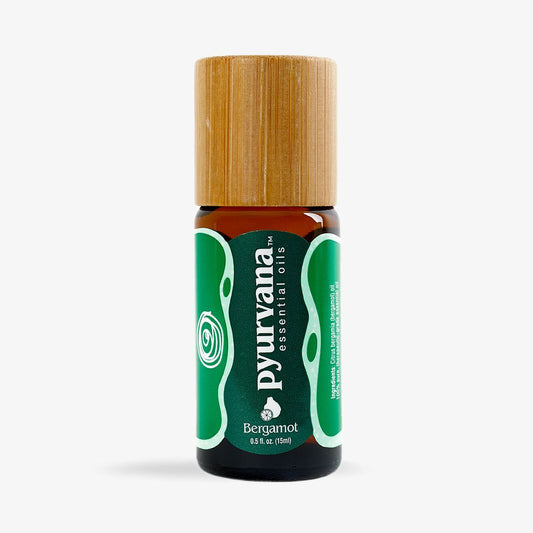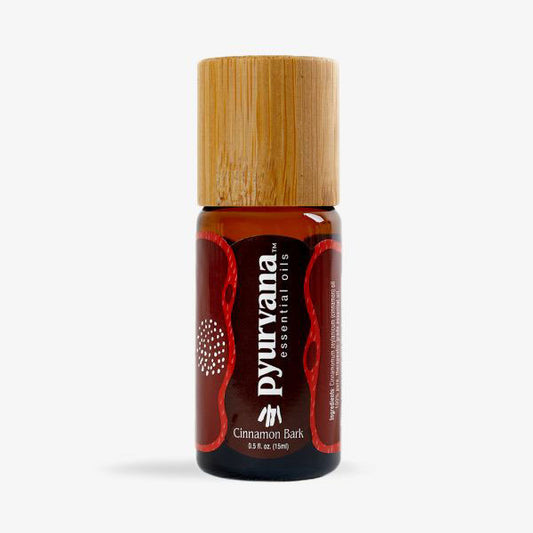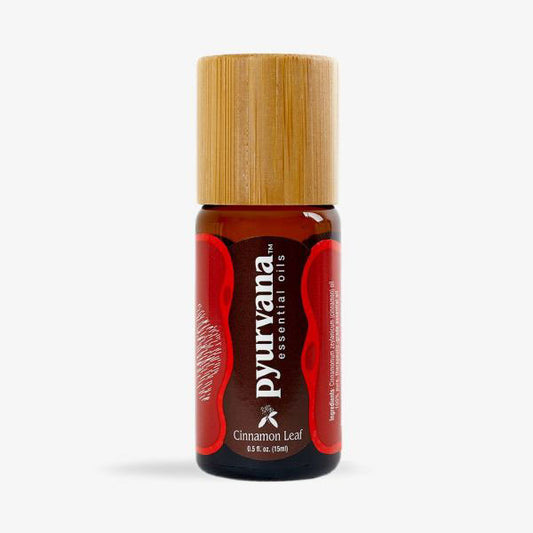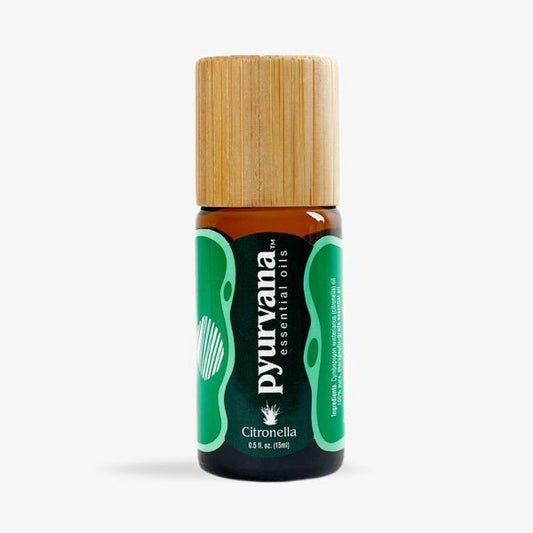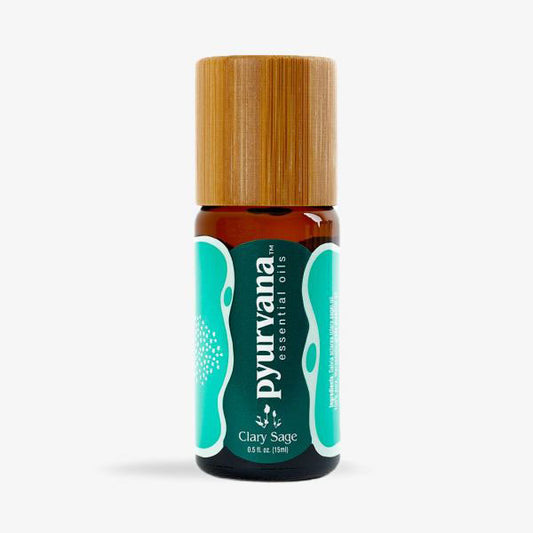Tea tree essential oil is one of the most popular oils and is often an ingredient in cosmetics and hair care products. Its crisp, herbal, and slightly spicy scent is uplifting and clarifying. Its popularity is not a recent phenomenon. People have been using tea tree oil for a very long time and for a variety of purposes.
Melaleuca Alternifolia: The “Tea Tree”
To understand the history of tea tree essential oil, it is first important to know a little bit about the plant that it comes from. The Melaleuca alternifolia is a species of tree in the Melaleuca genus. These trees are sometimes called paperbarks or honey-myrtles. The name comes from combining the Greek words “melas” (meaning black) and “leukos” (meaning white). This is because many plants in this genus have black trunks and white flowers that create a strong visual contrast.
The species name alternifolia is Latin and means “alternating leaves.” Joseph Maiden and Ernst Betche first described the plant in 1905, calling it Melaleuca linariifolia variant alternifolia. In 1925, prominent Australian botanist Edwin Cheel officially renamed it Melaleuca alternifolia. The plant got its more common name, tea tree, when Captain James Cook landed in the 1770s near modern-day Sydney, Australia.
The tea tree is endemic to Australia and most often grows in swamps or around streams. It is usually grown on commercial plantations. Its white flowers bloom for a short period during the spring and early summer, giving it a fluffy appearance. The tree has small, smooth leaves that alternate on either side of its branches. The bark is white and papery and the top of the tree is green and bushy. It can grow up to 7 meters (approximately 23 feet).
Aboriginal Australians: Tea Tree in Traditional Medicine
The aboriginal people of what is now Australia, specifically the Bundjalung, used tea tree leaves for a variety of medicinal purposes. Their myth for how the Melaleuca alternifolia trees came into existence was that there was a beautiful princess named Eelemani who had to take a long journey through the coastal bushland. She asked for help from the Gods of the earth and planets and they gave her special seeds which sprouted into the tea tree. The white bark of the trees helped reflect the moon’s light to show Eelemani the path she needed to follow. Because of this, the Bundjalung people believed that the tree had protective properties.
In order to use the plant, the aboriginal people would crush the leaves and inhale the tea tree essential oil as a treatment for coughs and colds. They also used the crushed leaves as a poultice to treat skin conditions and fight infection or in a tea to soothe sore throats.
Captain James Cook: Tea Tree in the New World
When Captain James Cook arrived in Australia in the 1770s, he saw the Bundjalung people using the Melaleuca alternifolia leaves to make a tea. Because of this, he gave the plant its most common name, tea tree. His crew also used the leaves to make a nutmeg-scented tea and later to brew a variety of beer. Some historians believe that they used these drinks to help prevent scurvy on their voyage.
Arthur Penfold: Studying Tea Tree Essential Oil
Arthur Penfold, an Australian chemist, was the first to do extensive research on the properties of tea tree essential oil. He worked for a paint manufacturer as a young man and became fascinated by the properties of oils, resins, paints, and varnishes. He was particularly interested in volatile oils, such as the essential oil that can be extracted from the tea tree. In 1915 he began working as a research chemist and isolated many new types of essential oils and volatile compounds.
In collaboration with F.R. Morrison, Penfold published his research on the properties of tea tree oil throughout the 1920s and 1930s. These papers claimed that the oil Penfold extracted from crushed tea tree leaves had antiseptic properties. This research helped start the tea tree industry and made the oil more well-known throughout Australia and around the world.
World War II: Treating Foot Fungus
In World War II, tea tree essential oil was allegedly used to treat an outbreak of foot and nail fungus among Australian soldiers. It was also in soldiers’ kits as an antiseptic. Although the efficacy of the oil was not studied or documented, tea tree oil’s use in the war contributed to its growing popularity.
1970s and 80s: The Tea Tree Oil Industry
Tea tree essential oil really began to take off in the 1970s and 1980s due to an increased interest in natural products. Due to the high demand, efficient industrial production of the oil became a priority. This is when commercial tea tree plantations first began to appear and these decades also brought many advancements in essential oil extraction.
Tea Tree Essential Oil Today
Tea tree oil is among the most popular essential oils in the world. Many people love its bright and uplifting scent. It is also commonly used in cosmetics and you will often find tea tree oil shampoo, lotion, body wash, and many other varieties of personal care products. This is because it not only has a delightful fragrance, but can also help brighten and purify your skin.
Although aboriginal Australians and Captain Cook’s crew did use tea tree leaves to make drinks, it is important to note that it is recognized today as being potentially toxic when ingested. Therefore, you should not try to replicate this practice. You can use tea tree essential oil in a diffuser or topically by combining it with a carrier oil, but you should never consume it.
Learn More About the History and Use of Essential Oils
Pyurvana sells high-quality essential oils, including tea tree oil, and is excited to share our knowledge about essential oil history and modern use with you.
Read our blogs to get the latest news about oils including tea tree essential oil.
*These statements have not been evaluated by the Food and Drug Administration. Pyurvana’s products are not intended to diagnose, treat, cure, or prevent any disease.

